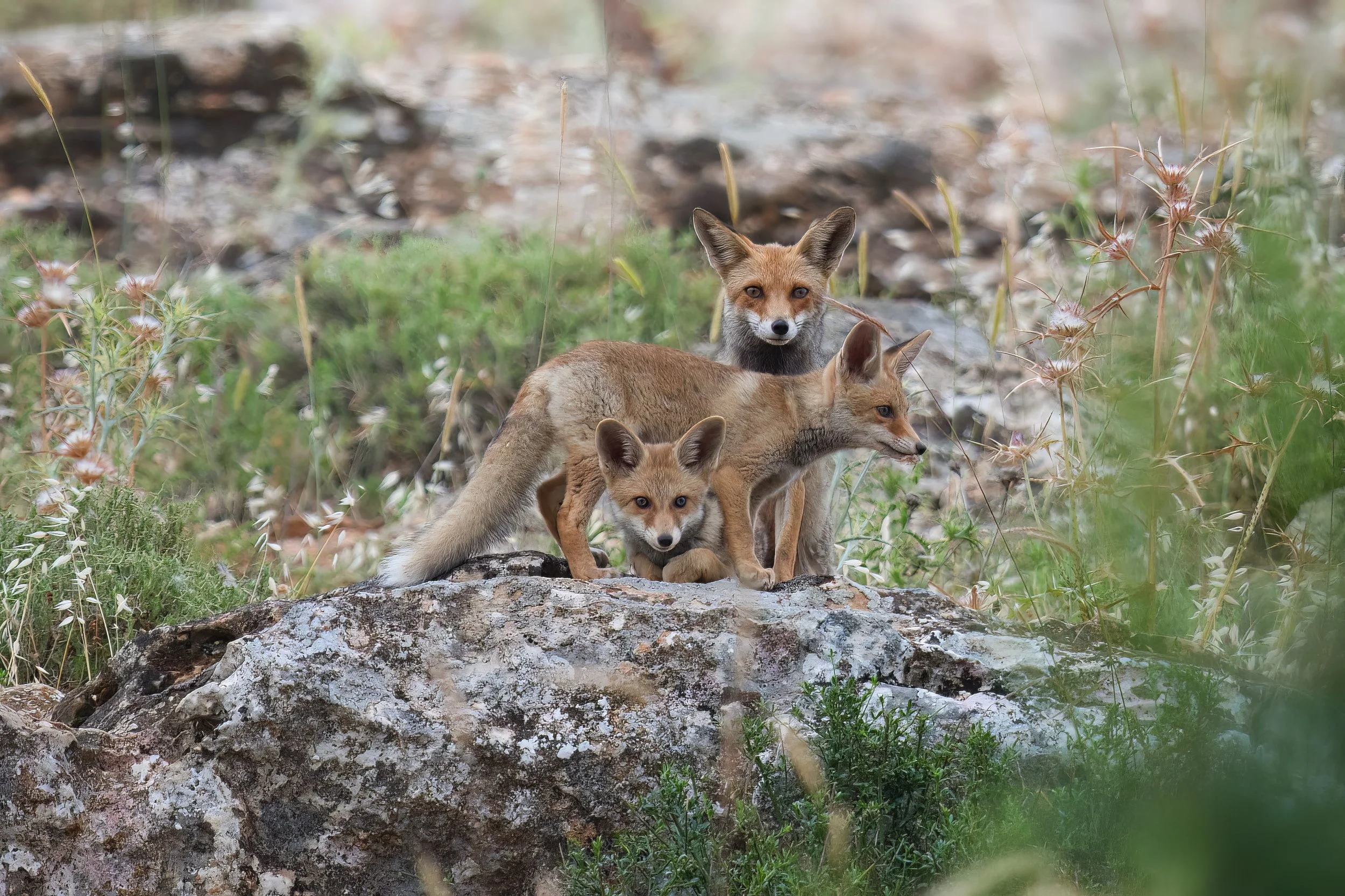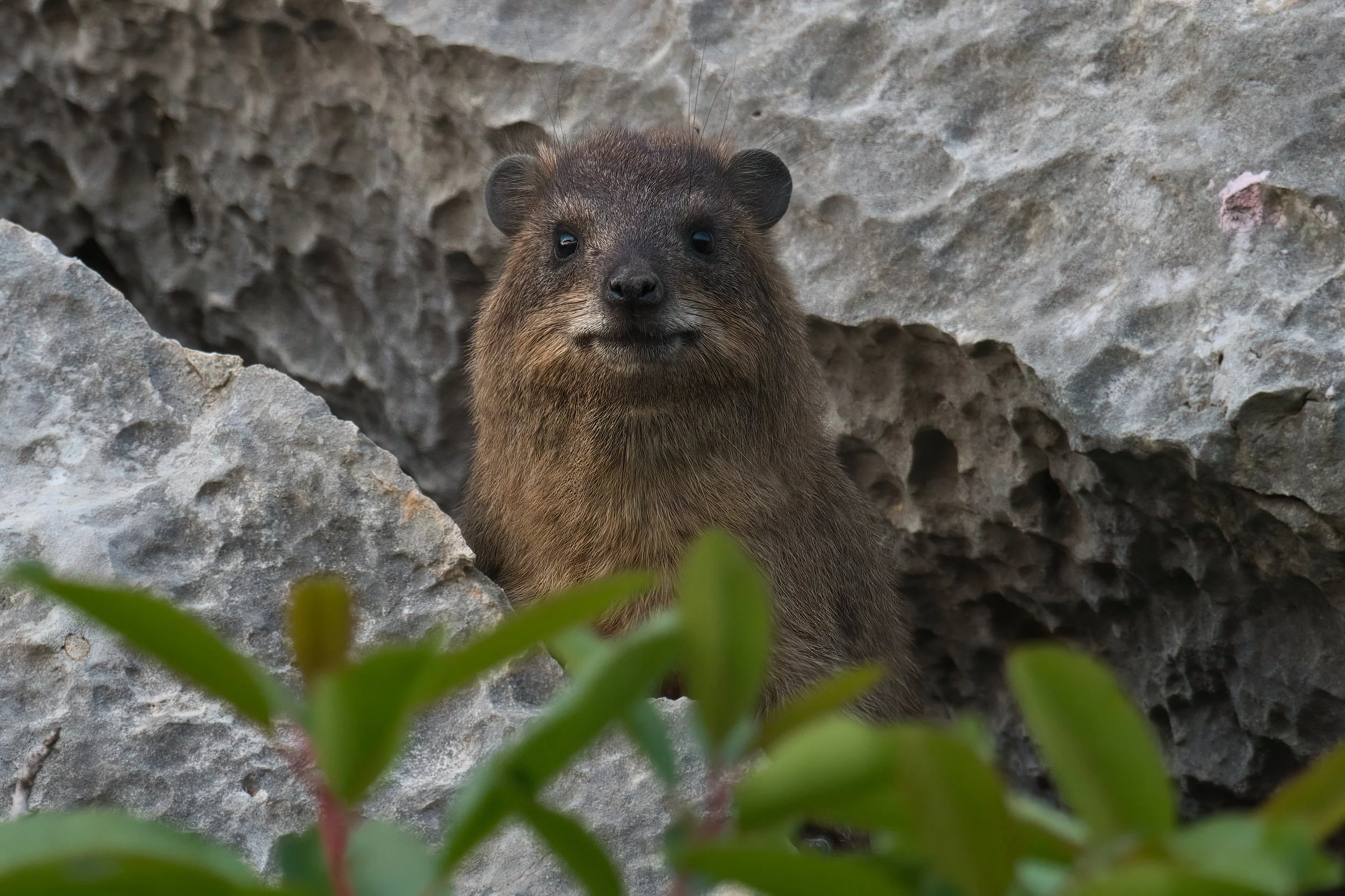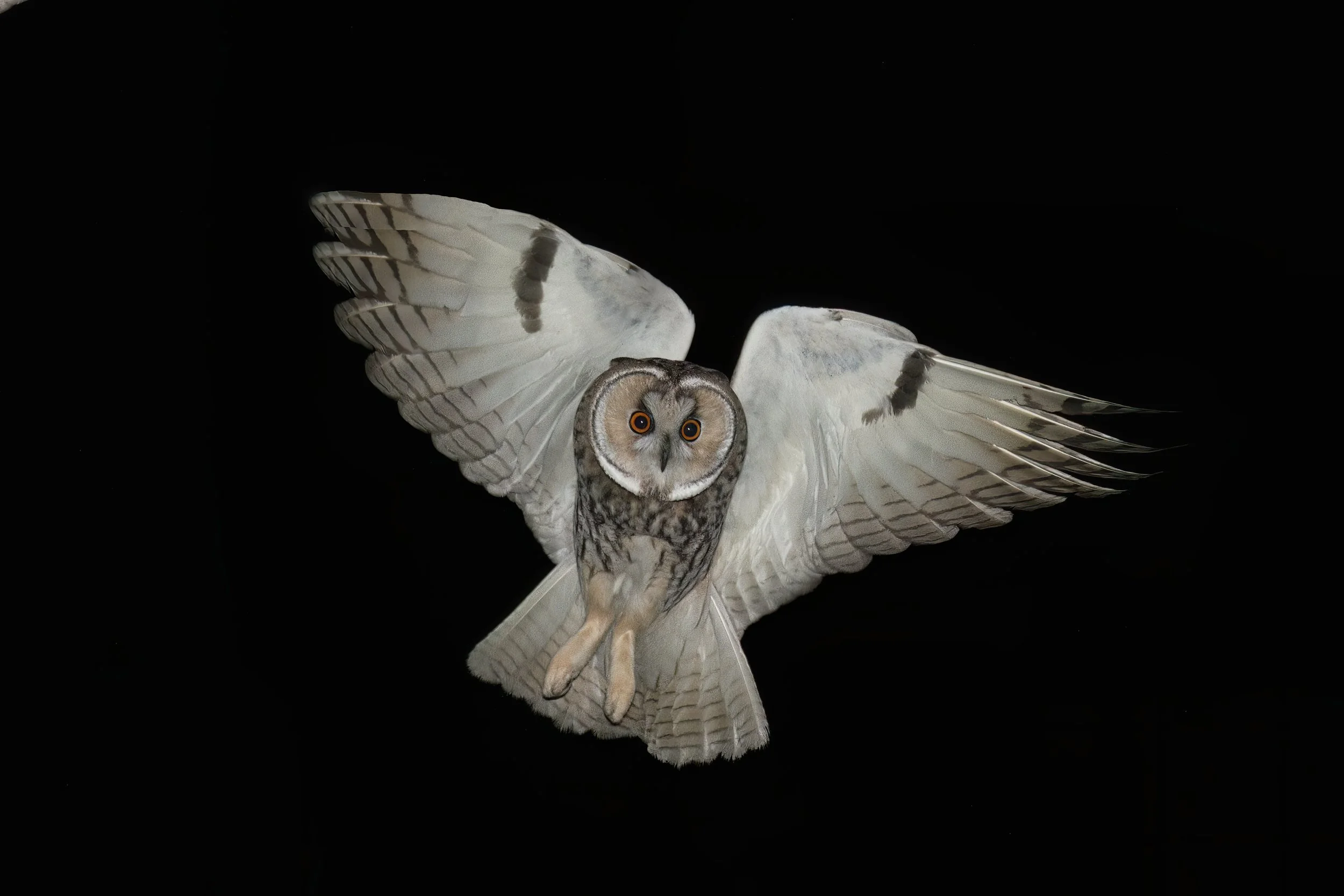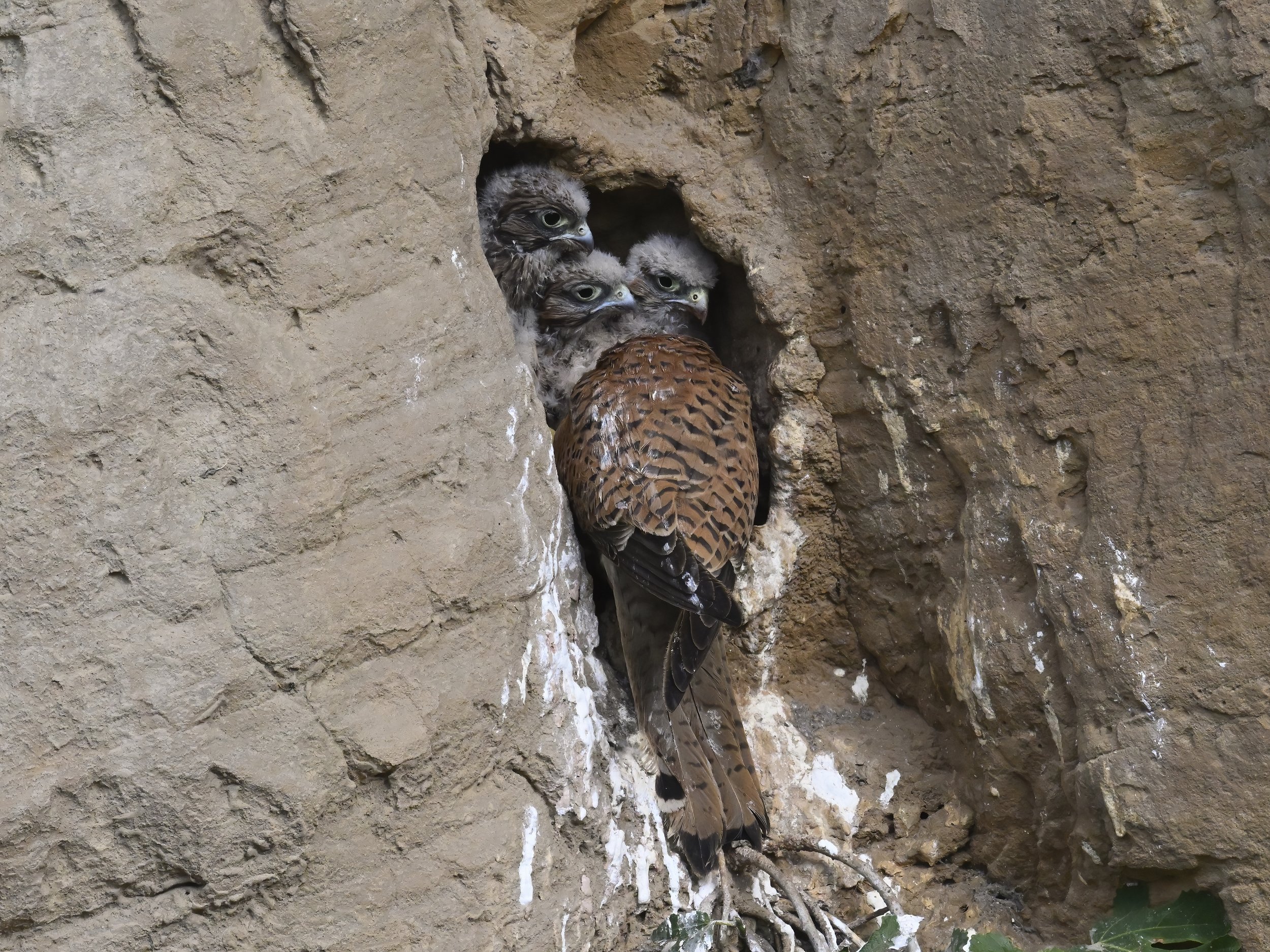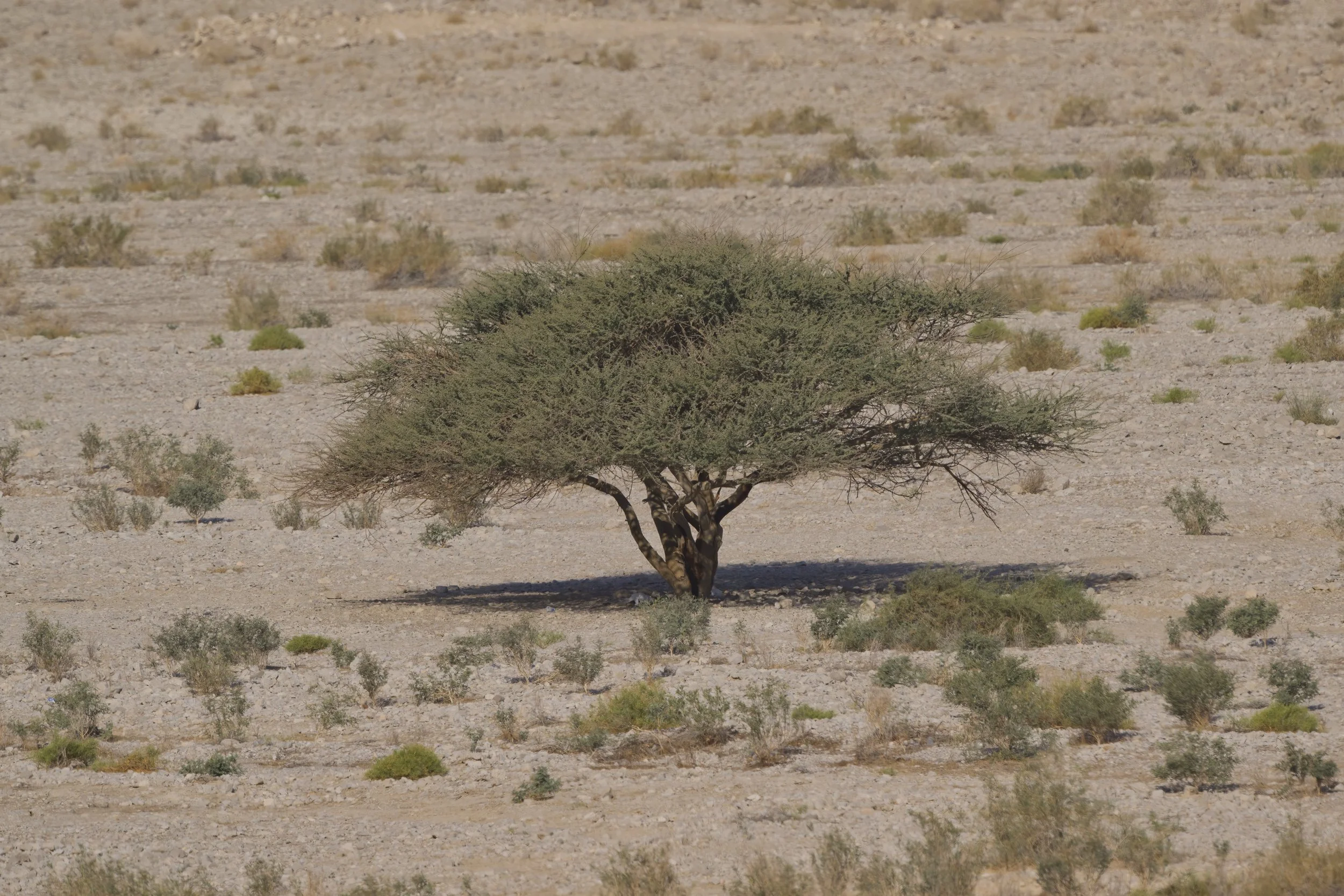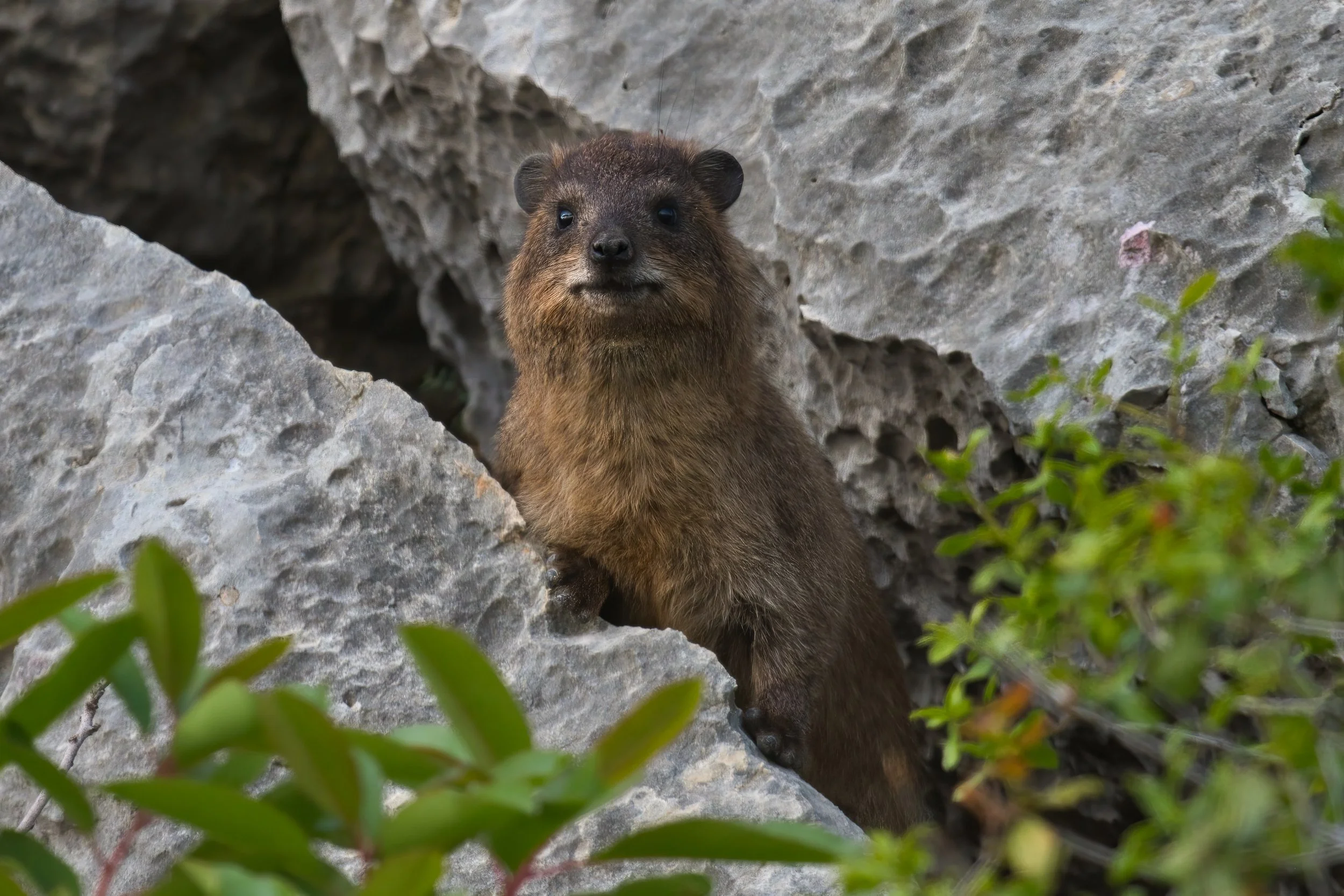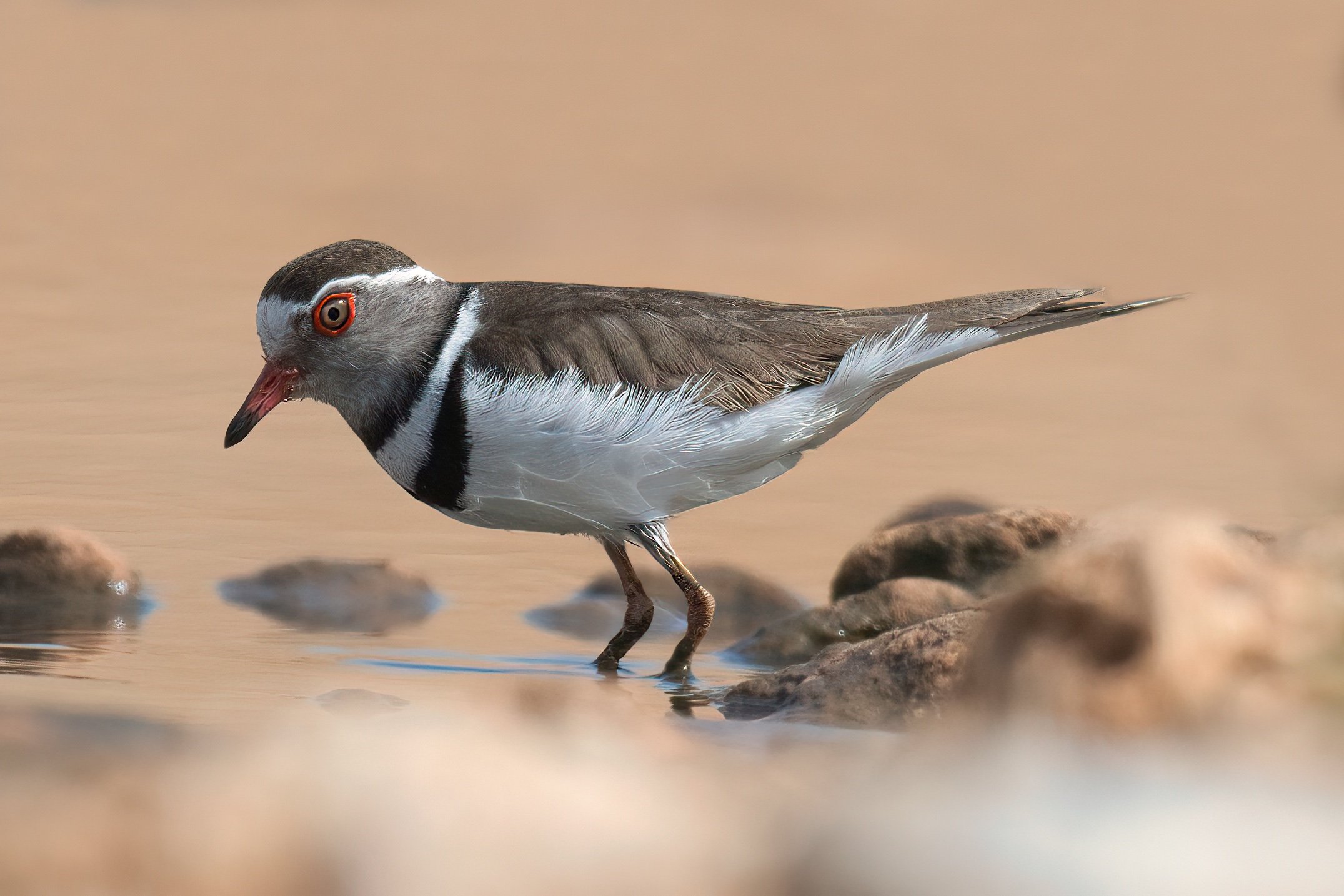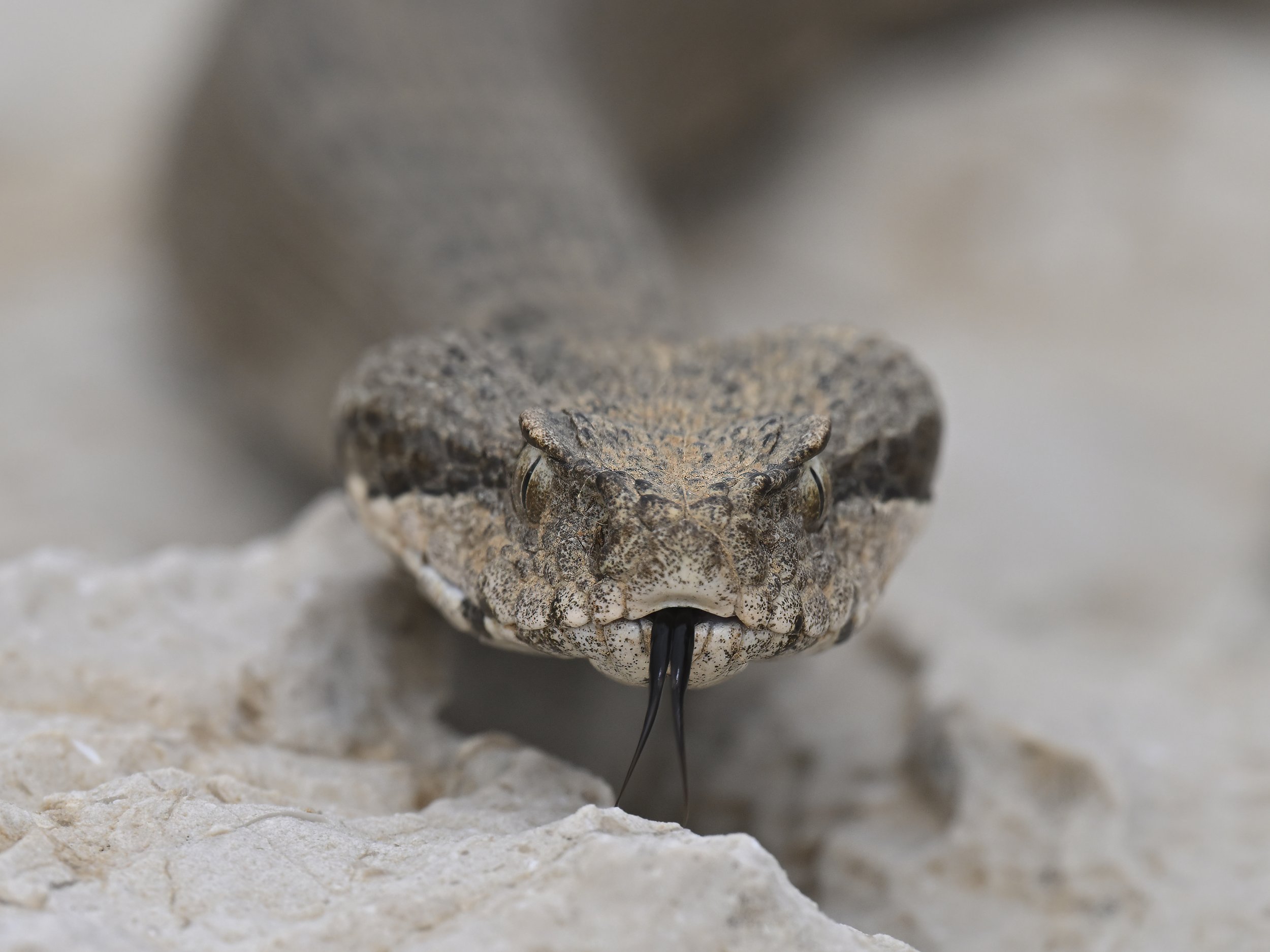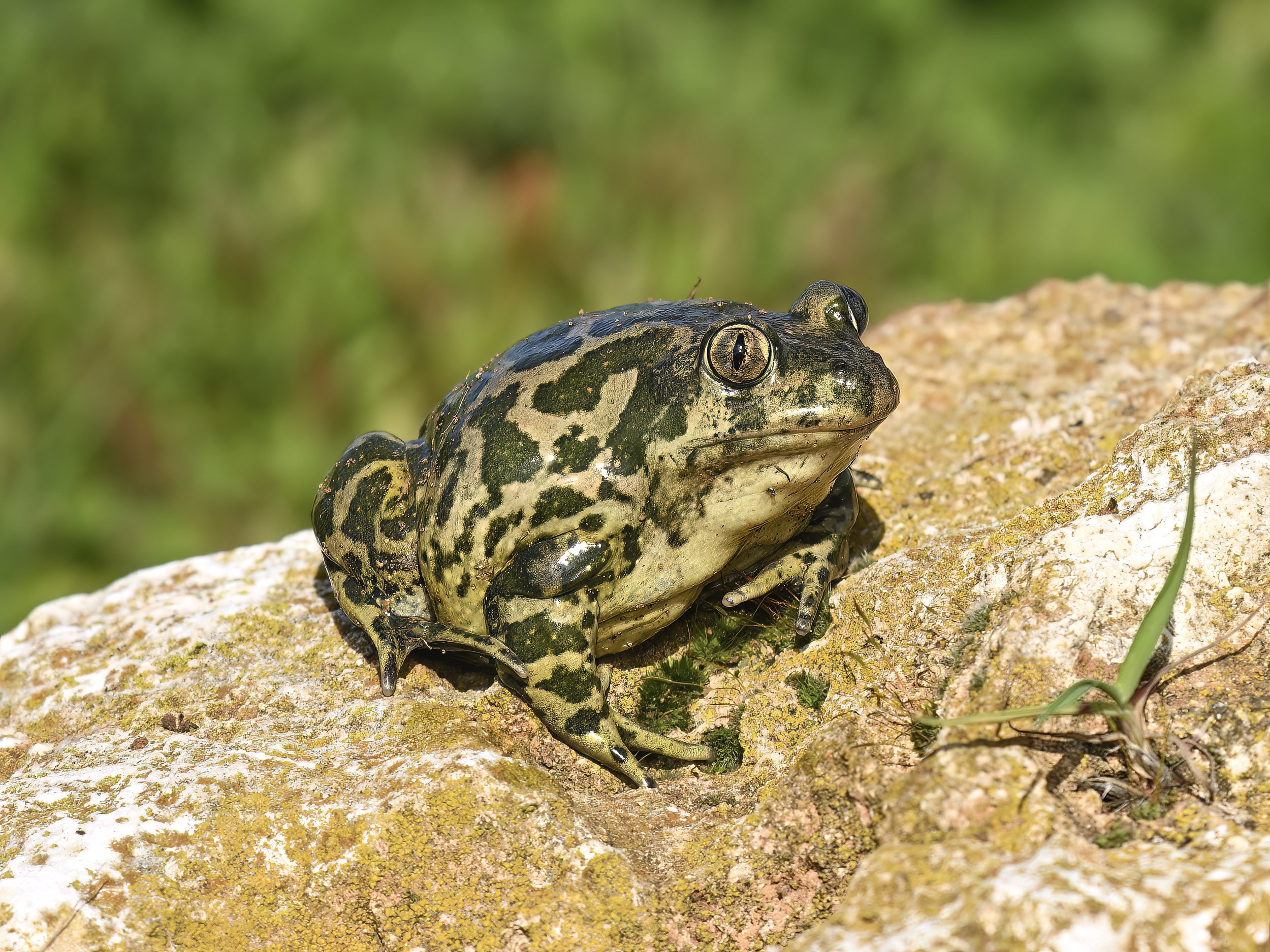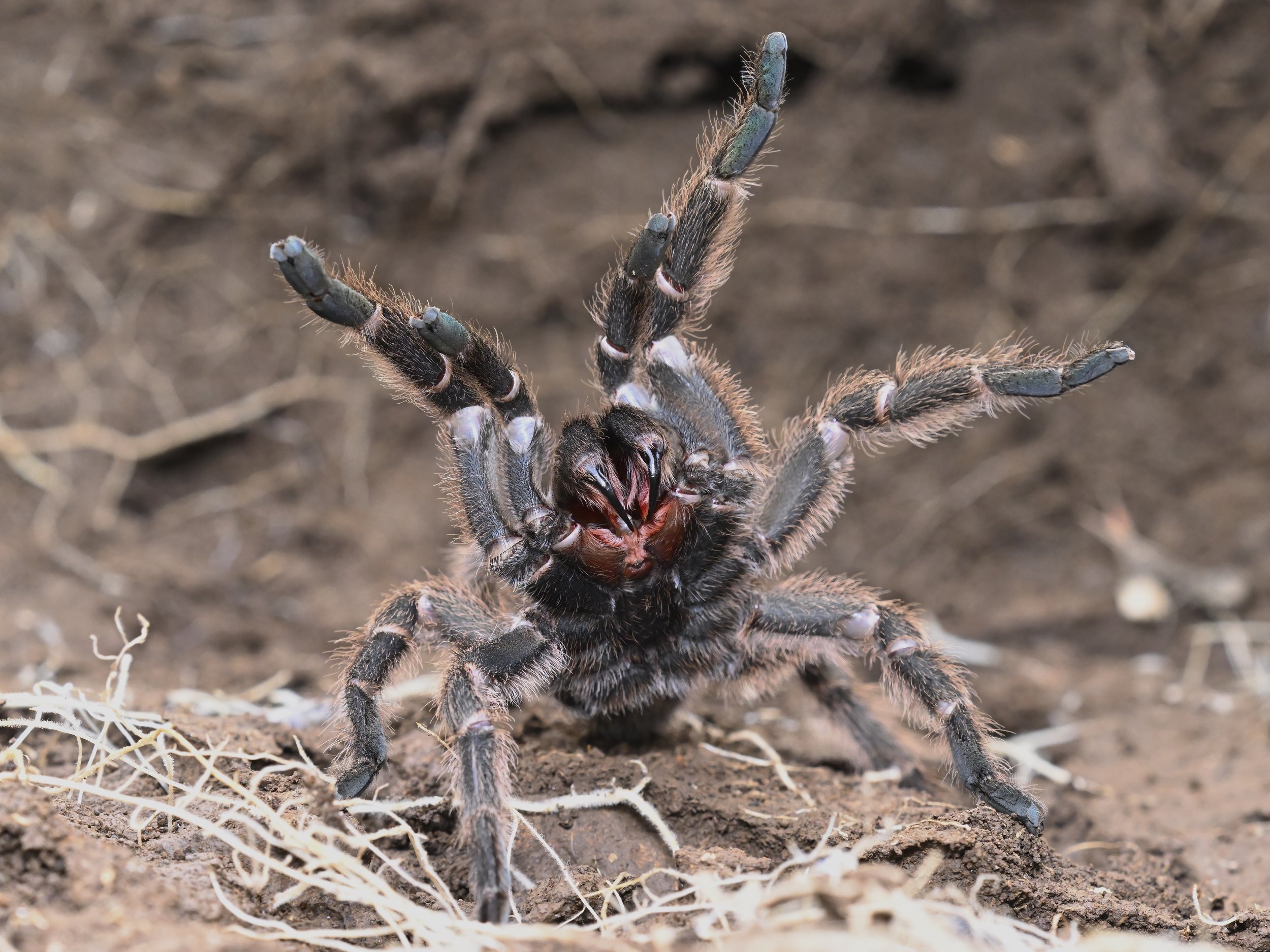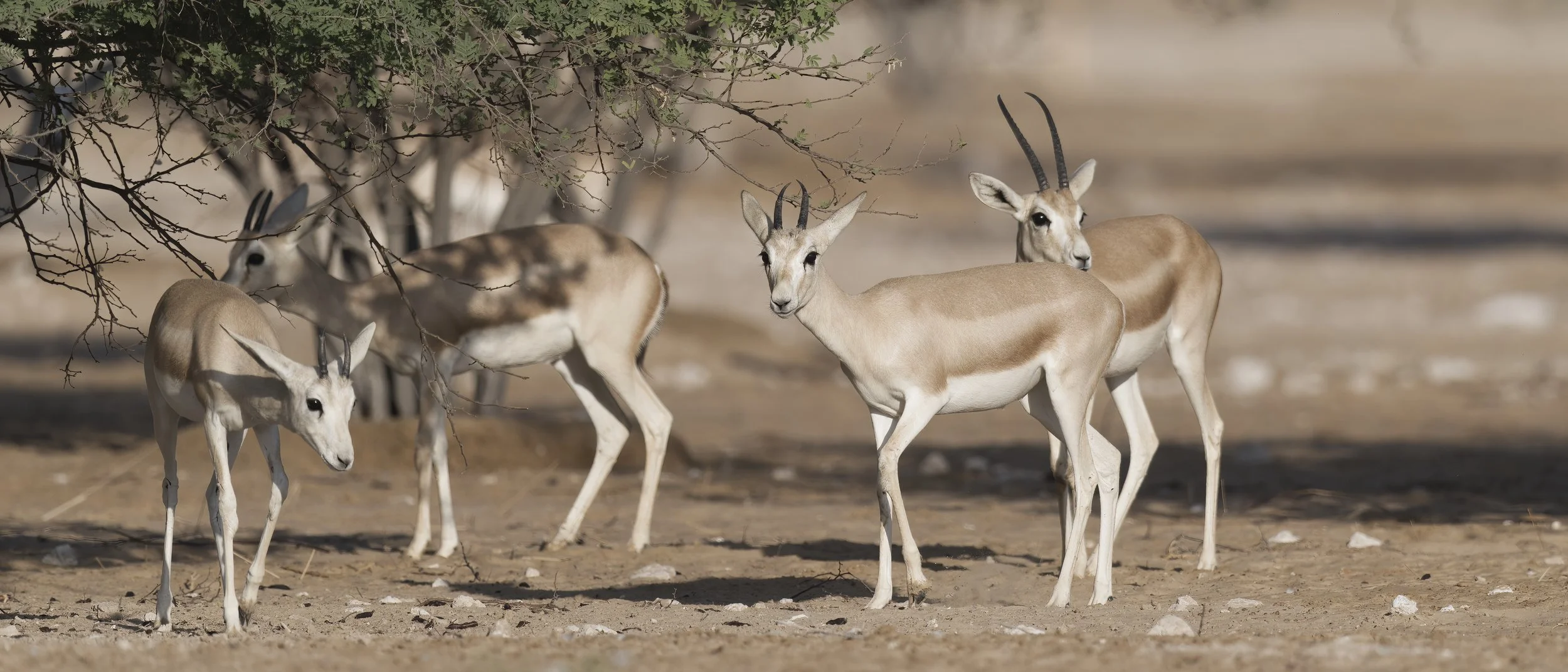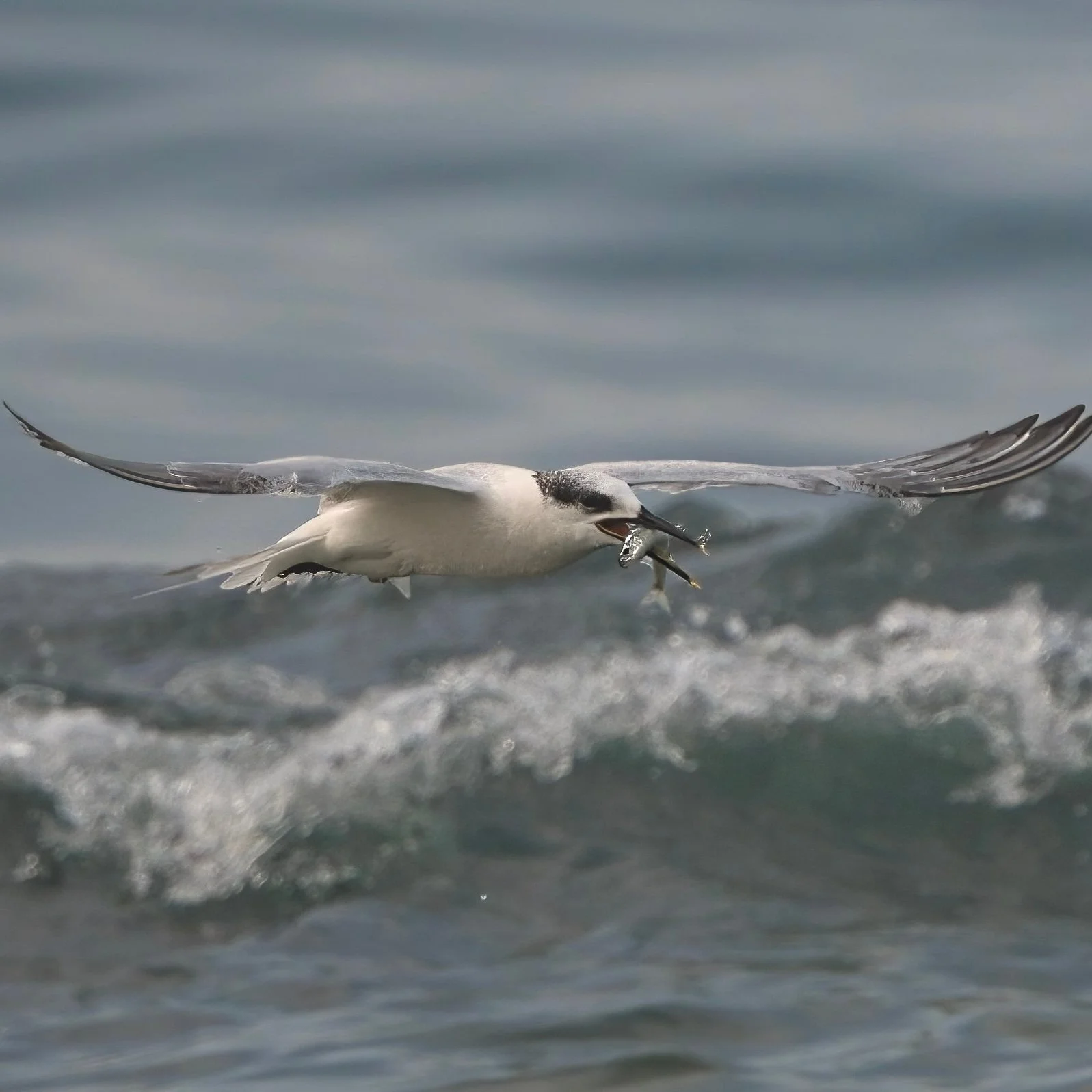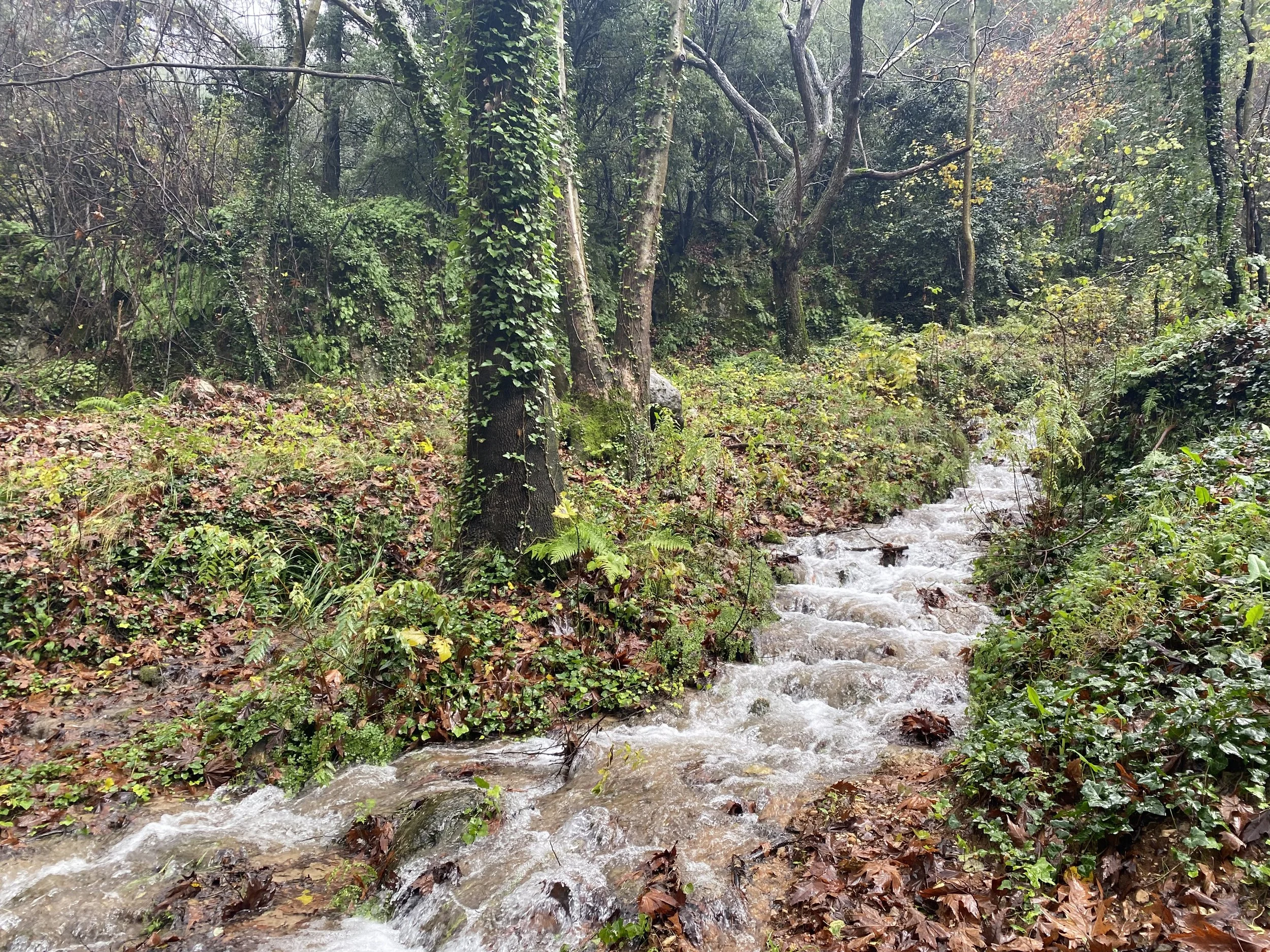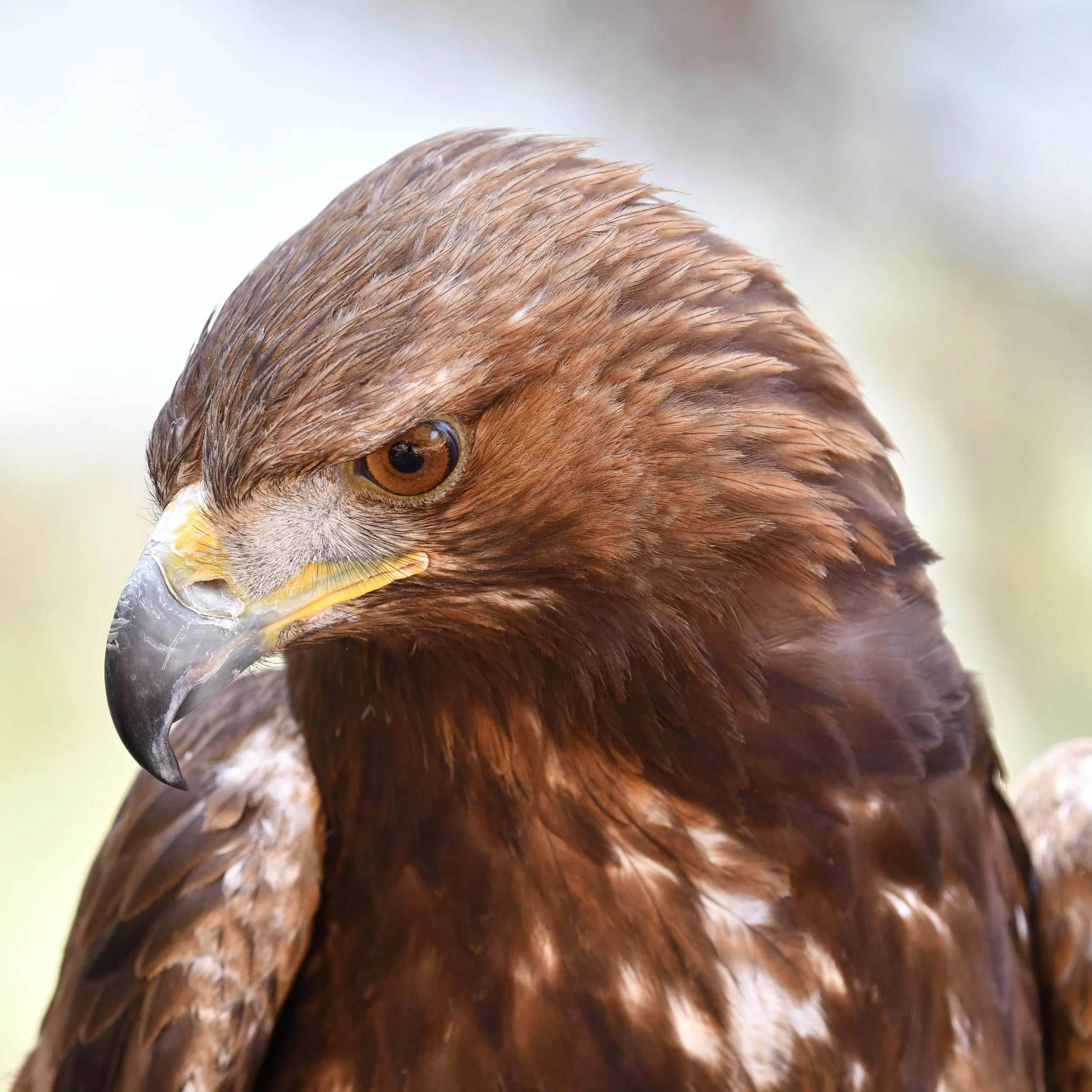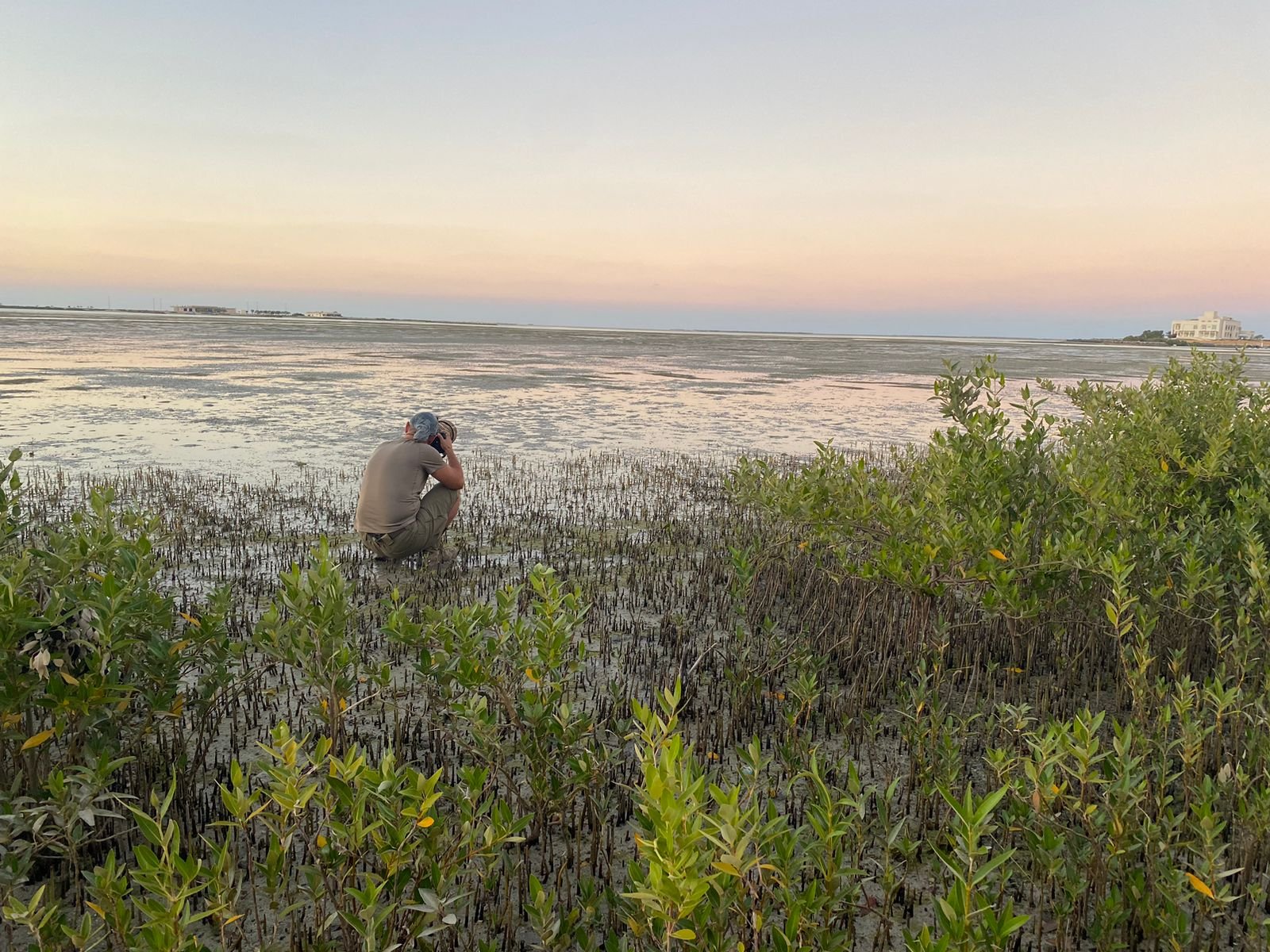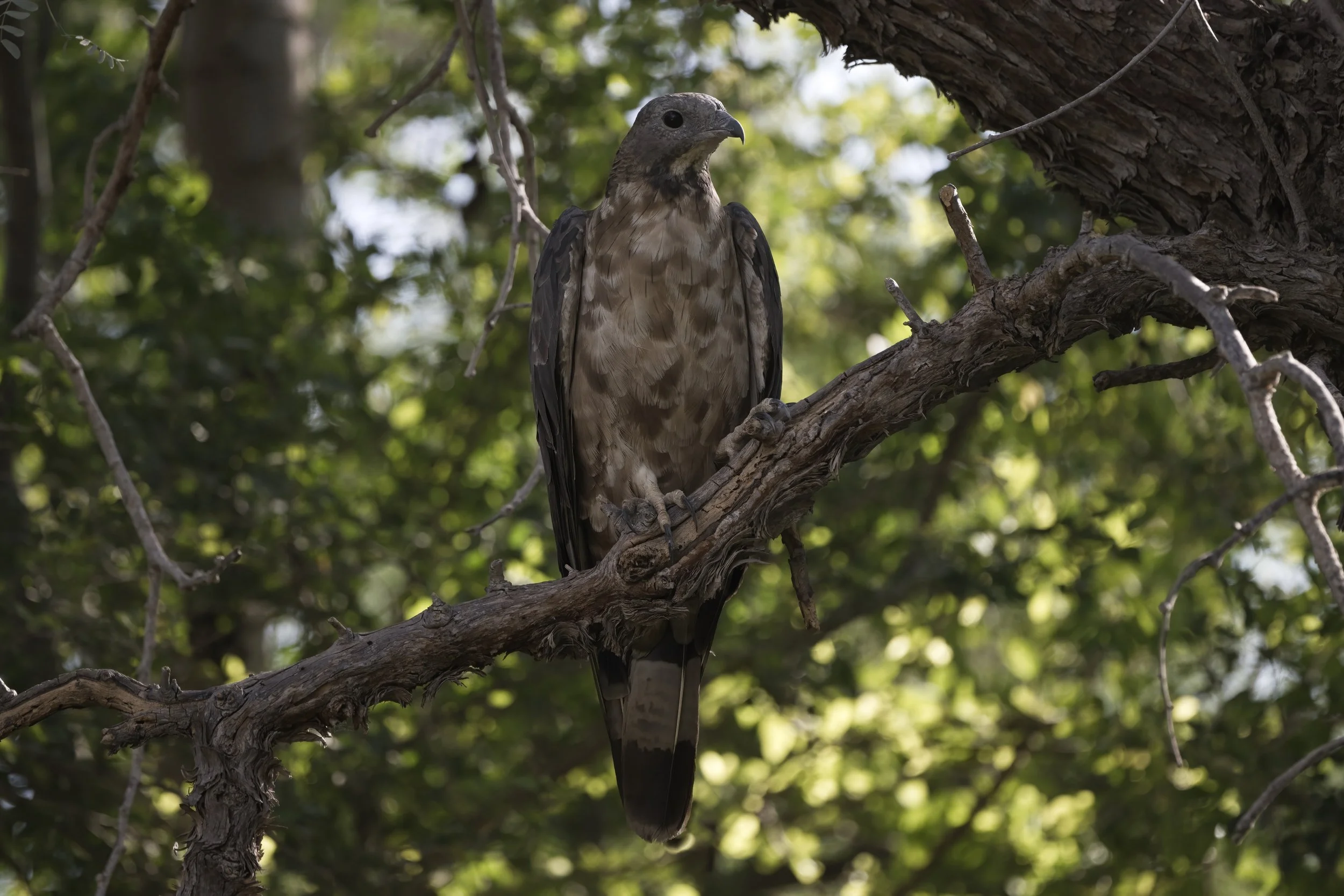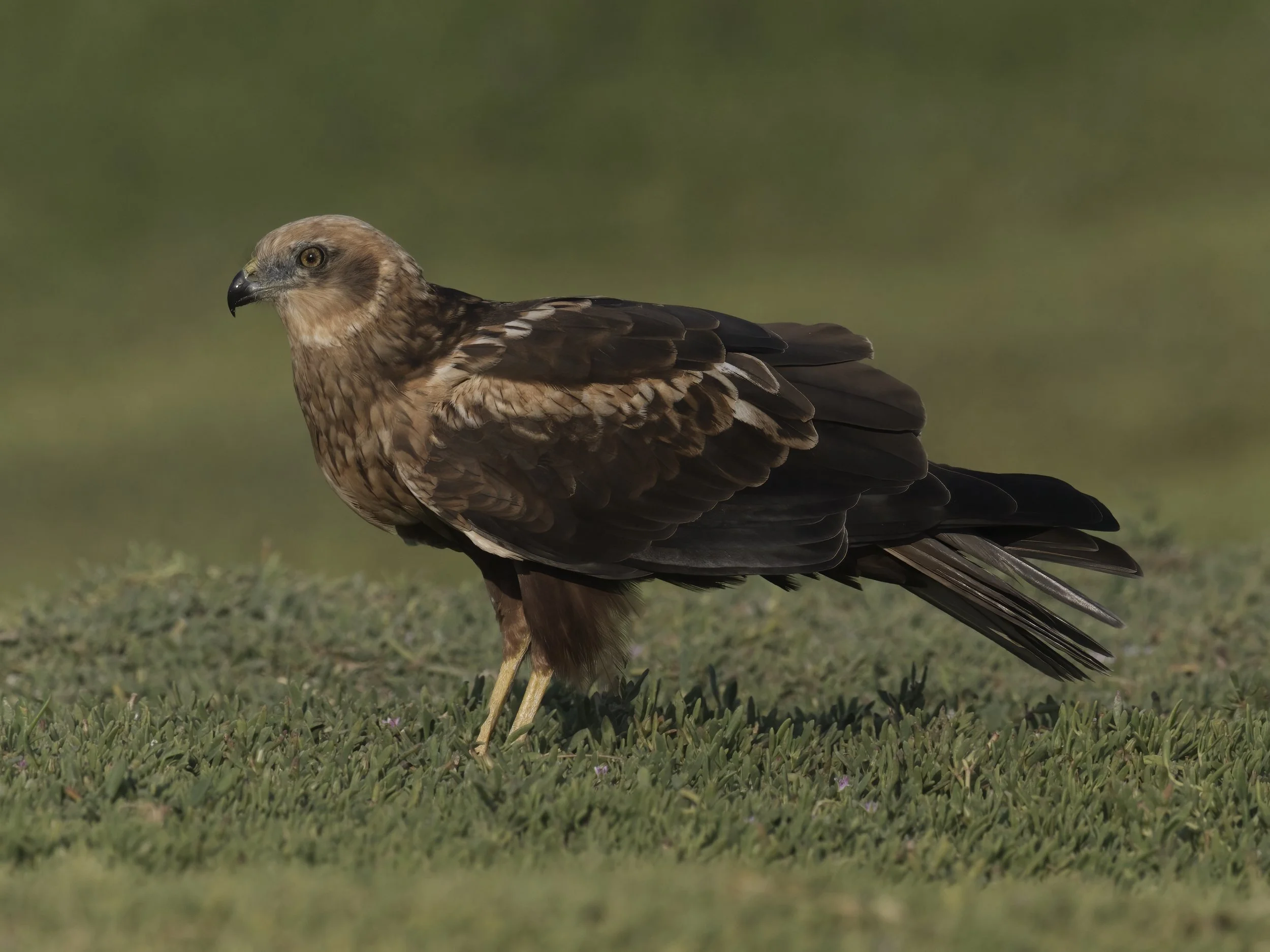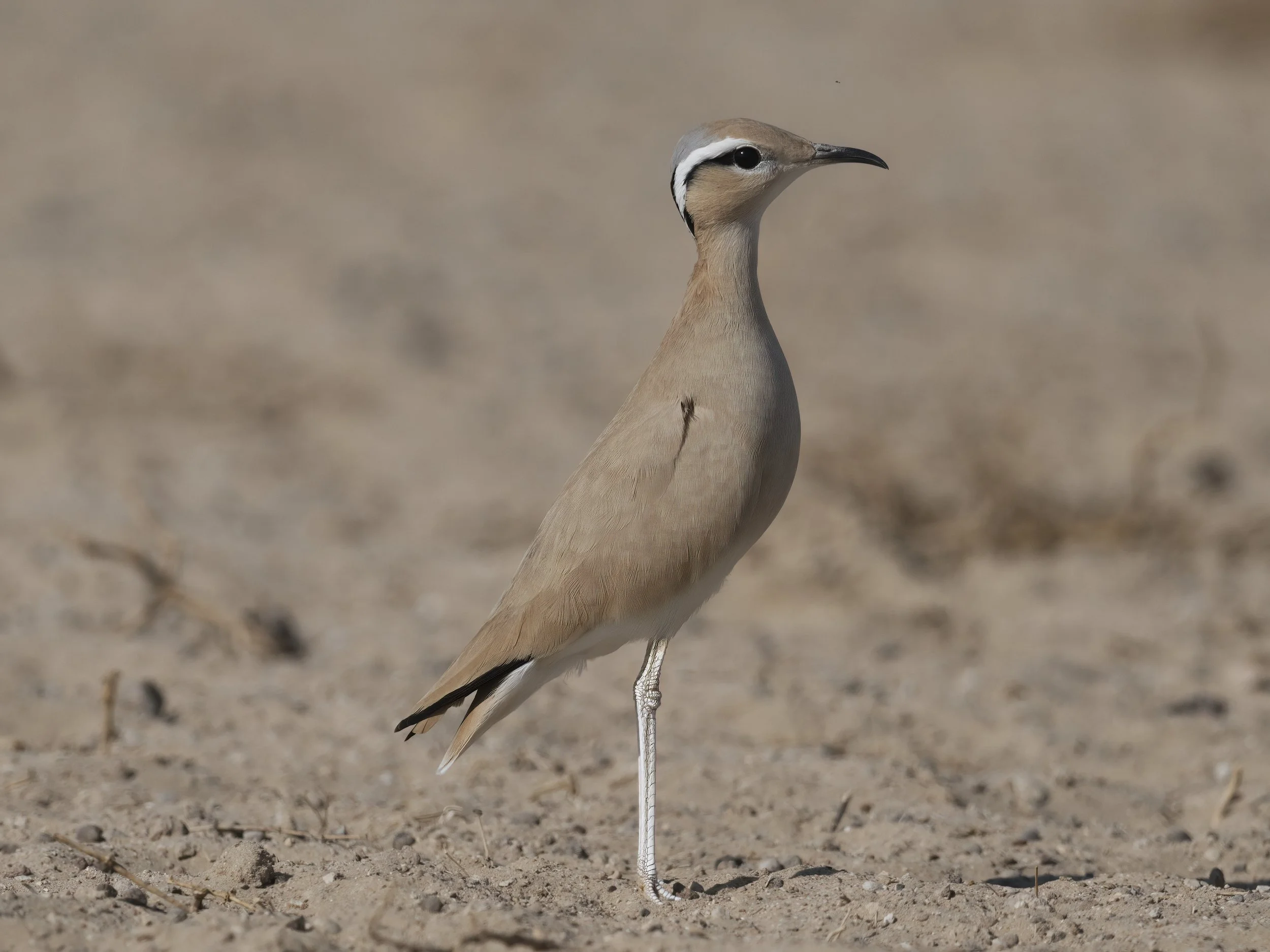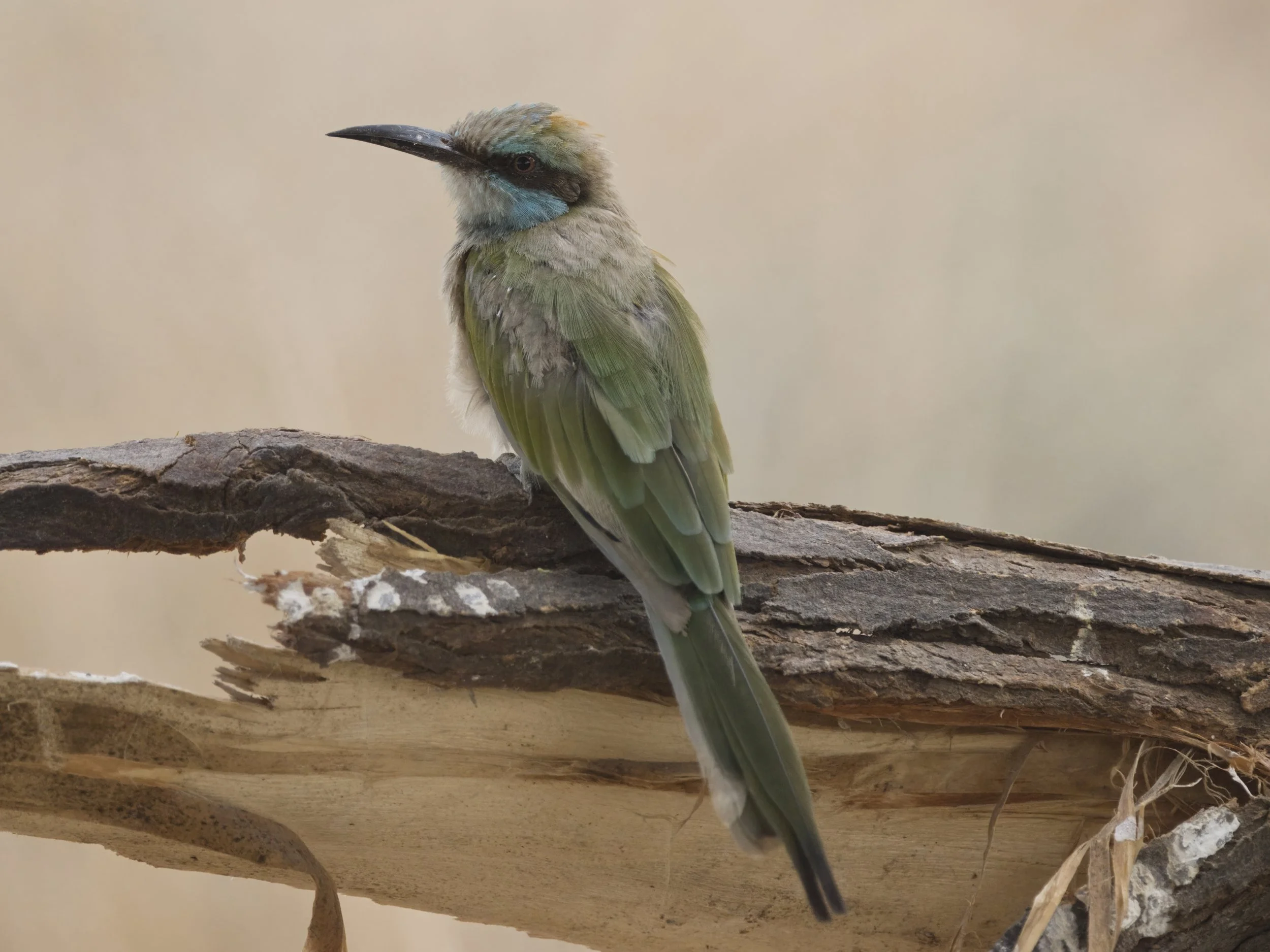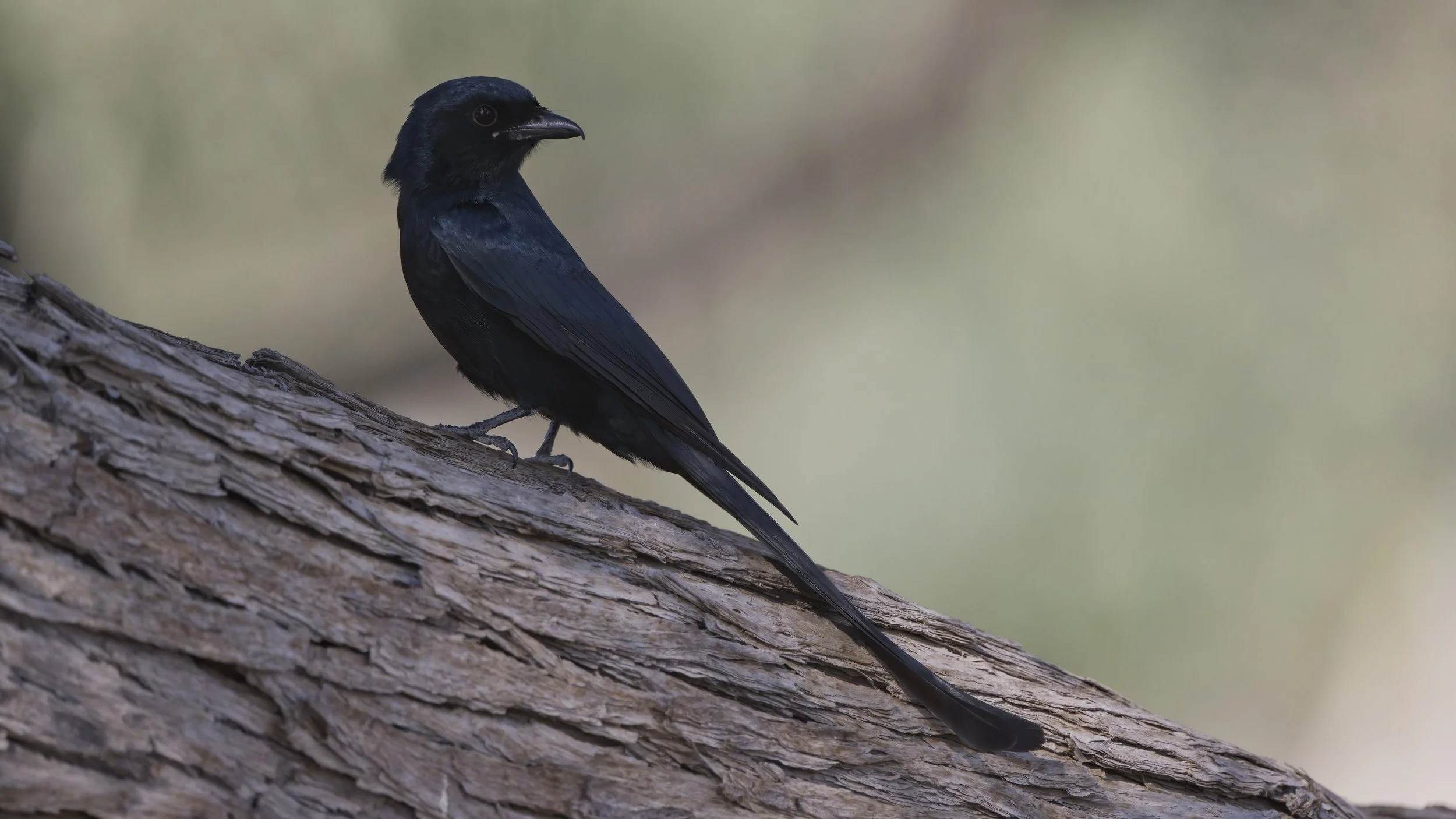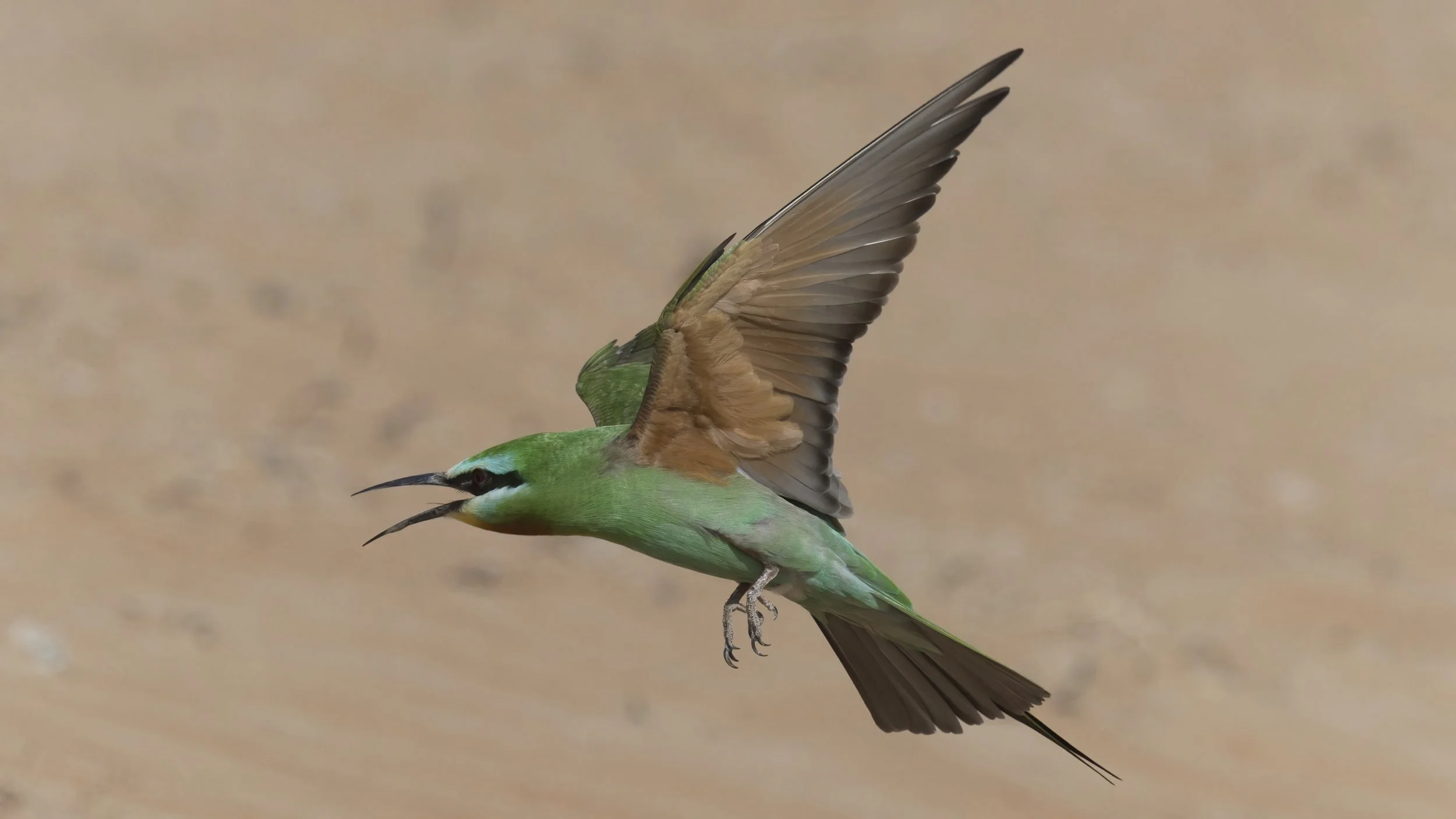Birds of United Arab Emirates
The ruling families of the United Arab Emirates have played a pivotal role in the preservation and protection of the country's natural environment, recognizing the importance of sustainability in the nation's development. Under the visionary leadership of the rulers, numerous initiatives have been launched to conserve biodiversity, protect endangered species, and restore natural habitats. Notable among these efforts is the establishment of protected areas like the Al Marmoom Desert Conservation Reserve and the creation of artificial ecosystems such as Al Qudra Lake, which support a wide range of wildlife. Additionally, the ruling families have championed renewable energy projects, such as Masdar City in Abu Dhabi, aiming to reduce the UAE’s carbon footprint and promote sustainable living. These ongoing efforts underscore the commitment of the UAE's leaders to safeguarding the environment for future generations, ensuring that the country's natural heritage remains a key part of its identity.
The United Arab Emirates (UAE) plays a crucial role in the migration patterns of birds, serving as a vital stopover and wintering destination for millions of migratory birds traveling between Europe, Asia, and Africa. The country's unique geographic location at the crossroads of three continents makes it an essential link in several migratory flyways. The UAE's diverse habitats, including wetlands, coastal areas, mangroves, and desert oases, provide critical resting and feeding grounds for these birds during their long journeys.
Wetlands like Ras Al Khor Wildlife Sanctuary in Dubai and the Eastern Mangroves in Abu Dhabi are particularly important, supporting a wide variety of species, including globally significant populations of flamingos, waders, and other waterbirds. These areas not only offer safe havens for birds to refuel and rest but also help maintain the ecological balance by supporting biodiversity. Conservation efforts by the UAE, such as the establishment of protected areas and habitat restoration projects, further enhance the country's role in global bird migration, contributing to the preservation of migratory bird populations and the overall health of global ecosystems.
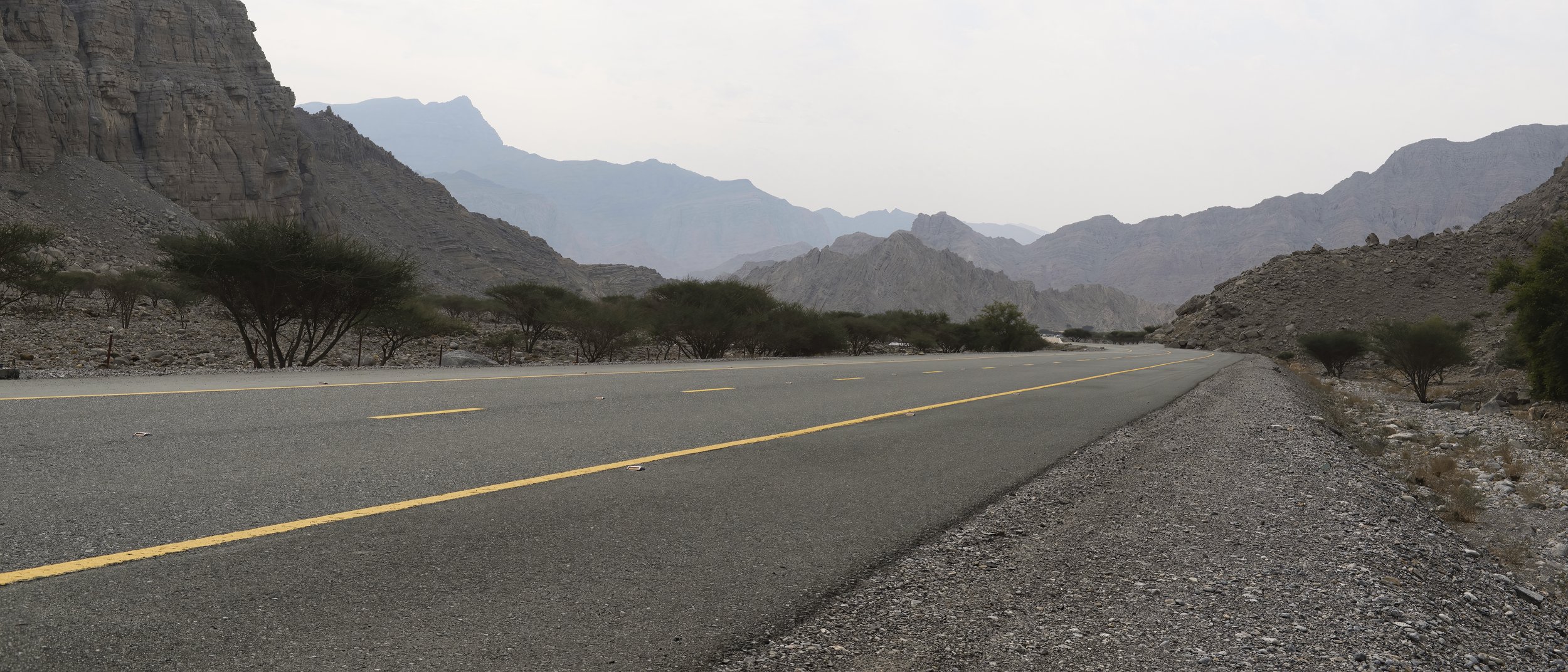
My Bird Watching Spots Photo Collection



